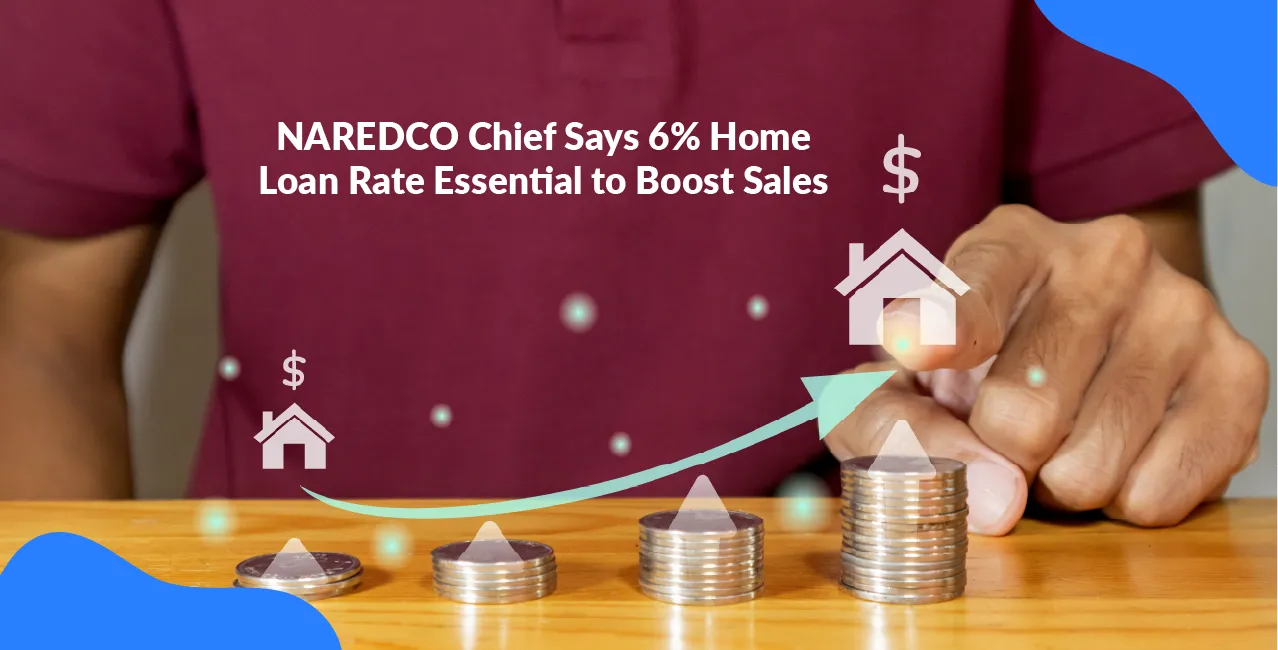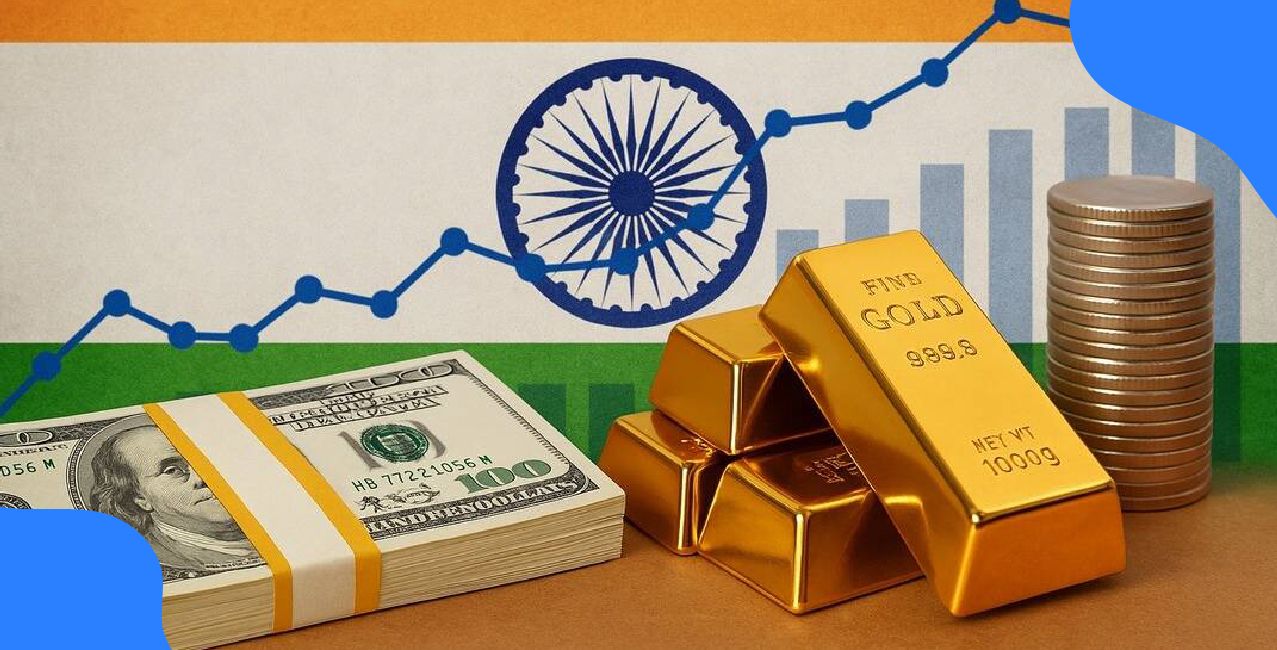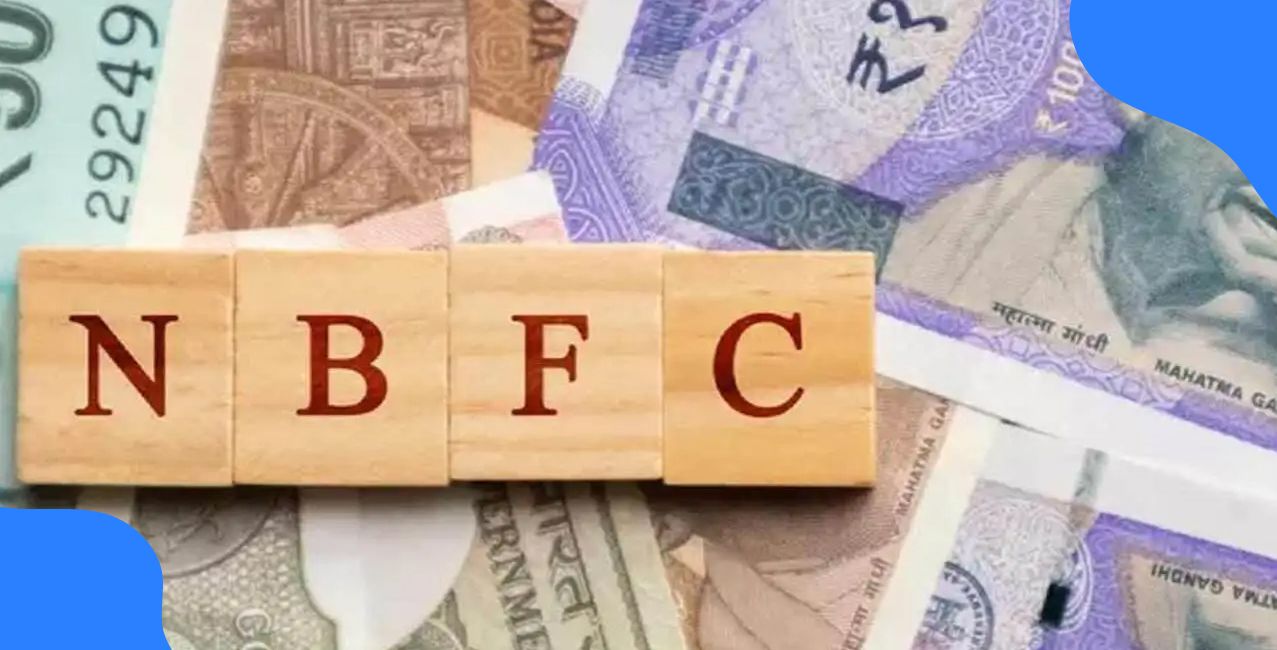
Author
LoansJagat Team
Read Time
5 Min
28 Jun 2025
NAREDCO Chief Says 6% Home Loan Rate Essential to Boost Sales
Buying a home in India’s top cities is becoming increasingly difficult, especially for the salaried middle class. According to PropTiger Research, residential property prices have jumped by 10% to 18% in 2023-24 across India’s top 7 cities.
Simultaneously, the Price-to-Income Ratio (PIR)—a key affordability metric—has shot up in cities like Mumbai, where the ratio is as high as 14.3, and even in relatively affordable cities like Pune, it’s above 5.1.
This means that if you’re earning ₹12–15 lakh annually, buying a decent home is still a distant dream.
A Realty Plus Magazine report highlights that affordability has been steadily worsening. To top it off, the cost of living index in metro cities has risen sharply due to inflation in essentials like food, fuel, and transport.
In response to these affordability issues, the Reserve Bank of India (RBI) has cut the repo rate by 100 basis points (bps) since mid-2024.
While this is a positive move, experts argue it's not enough. According to NAREDCO (National Real Estate Development Council), home loan interest rates need to drop to 6% to revive real estate demand meaningfully.
What Would Happen if Home Loan Interest Rate Is Brought Down to Just 6%?
Lowering home loan rates to 6% would make a significant difference to both buyers and developers. Here’s an analysis of the pros and cons of such a move:
Pros | Cons |
EMIs become more affordable, leading to higher home-buying capacity | Lower interest income for banks and NBFCs |
Demand for housing in Tier-1 and Tier-2 cities likely to surge | Increased demand might fuel another price rise if supply isn’t managed |
Revival in residential construction, boosting employment | Risk of over-leverage among low-income borrowers |
Middle-class families may be able to buy larger or better-located homes | Banks may tighten lending norms to manage risk |
Could help achieve “Housing for All” targets faster | Could affect investor sentiment in bond markets due to lower returns |
How Much EMI Would You Pay at 6%?
Let’s see how much monthly EMI you'd need to pay if the home loan interest rate is brought down to 6% for a tenure of 10 years.
Loan Amount | Interest Rate | Tenure | Monthly EMI |
₹30 lakh | 6% | 10 years | ₹33,300 approx |
₹50 lakh | 6% | 10 years | ₹55,500 approx |
₹1 crore | 6% | 10 years | ₹1,11,000 approx |
This affordability could be a game-changer for families who currently find even ₹45,000–₹60,000 EMIs out of reach.
NAREDCO in Favour of Middle-Class Home Buyers
In a recent appeal to the government, NAREDCO President Shri G Hari Babu emphasized the need to reduce home loan interest rates to 6% to rejuvenate the housing market. As per a report by Business Today (June 27, 2025), Bandelkar stated that:
Read More – Bengaluru's Luxury Home Market: Analysing the Rs 1,000 Cr Sales Milestone
“This is not just a developer’s request—it’s a homebuyer’s cry for help.”
He pointed out that, while the real estate sector is showing signs of revival, middle-income buyers are still unable to commit to purchases due to high EMIs and stagnant salary growth. NAREDCO believes that slashing the interest rate to 6% would give buyers the confidence and cushion to invest in a home, especially first-time buyers in urban areas.
The industry body also urged the government to offer interest subsidies or home loan tax rebates in the upcoming budget to further ease the affordability crunch.
Effect of Meagre Salaries and Cost of Living on Property Affordability
Home affordability isn't just about loan interest rates. It's also deeply tied to salary growth and the cost of living. Here’s a closer look at how these two factors impact property purchase decisions:
Factor | Positive Impact | Negative Impact |
Salary Growth | Higher salaries improve loan eligibility and repayment capability | Stagnant salaries limit affordability despite falling interest rates |
Cost of Living Index | Lower living costs free up income for EMI payments | Rising food, fuel, and education costs squeeze household budgets |
Disposable Income | Better income-to-expense ratio helps in loan approvals | High urban rents leave little room for home EMIs |
Dual-Income Families | Two earners can jointly apply for a loan and afford better homes | One earner families remain restricted to smaller loans and properties |
Despite a booming real estate market, if salaries don’t grow in sync with property prices and inflation, affordability will remain a major challenge.
Conclusion
The dream of owning a home in India’s top cities is slowly slipping out of reach for many, especially the middle-class segment. While the RBI’s 100 bps rate cut has made some difference, it is not enough to offset the steep rise in property prices and stagnant salaries.
Also Read - Real Estate Price Trends in 2025: Is It a Good Time to Invest?
NAREDCO’s call for a 6% home loan interest rate is a wake-up call for policymakers. Reducing borrowing costs could be the most direct and impactful way to revive housing demand, boost the real estate economy, and most importantly, make homeownership a reality for millions of Indians once again.
Other News Pages | ||
73% ATMs Now Dispensing ₹100 & ₹200 Notes Before RBI Deadline | Supreme Court: Banks Cannot Revalue Gold After Loan Repayment | |
About the Author

LoansJagat Team
‘Simplify Finance for Everyone.’ This is the common goal of our team, as we try to explain any topic with relatable examples. From personal to business finance, managing EMIs to becoming debt-free, we do extensive research on each and every parameter, so you don’t have to. Scroll up and have a look at what 15+ years of experience in the BFSI sector looks like.

Quick Apply Loan
Subscribe Now
Related Blog Post

LoansJagat Team • 11 Dec 2025

LoansJagat Team • 11 Dec 2025

LoansJagat Team • 12 Dec 2025